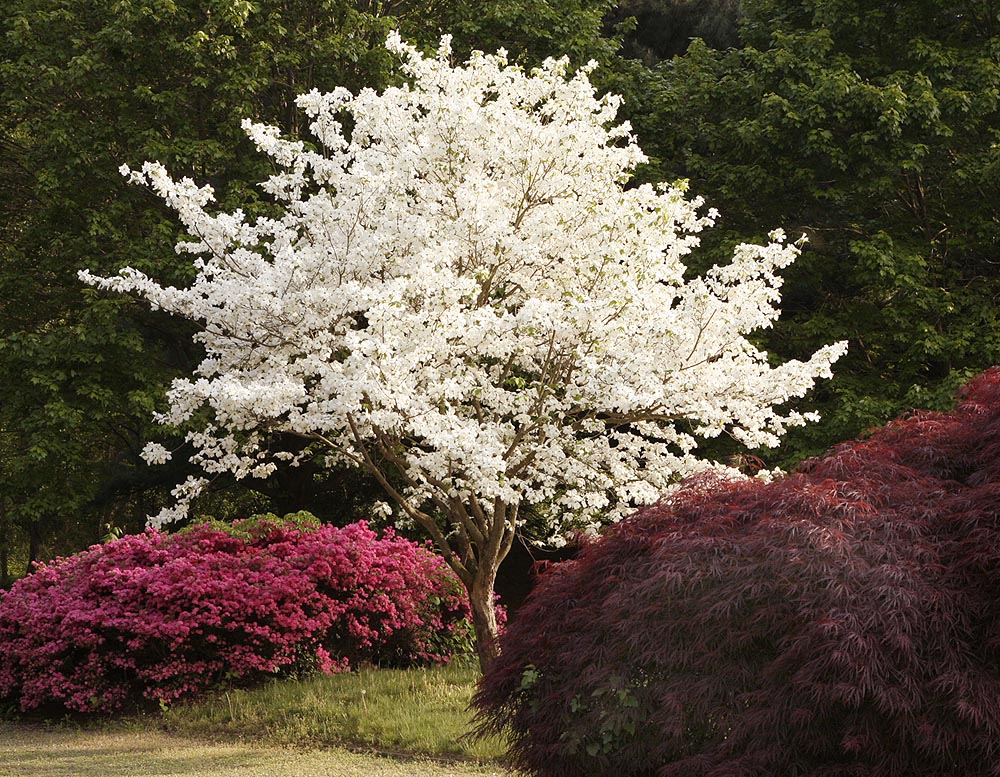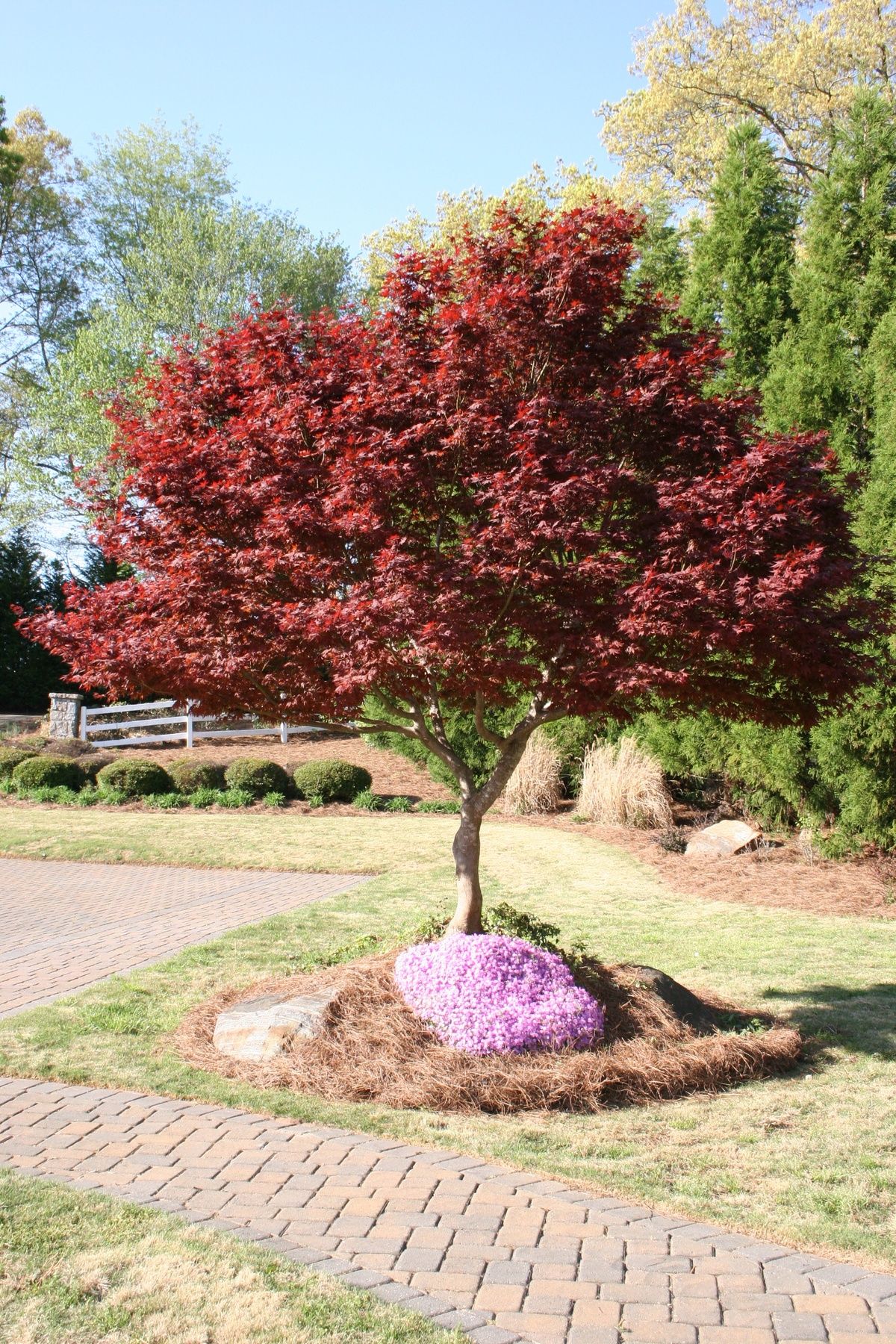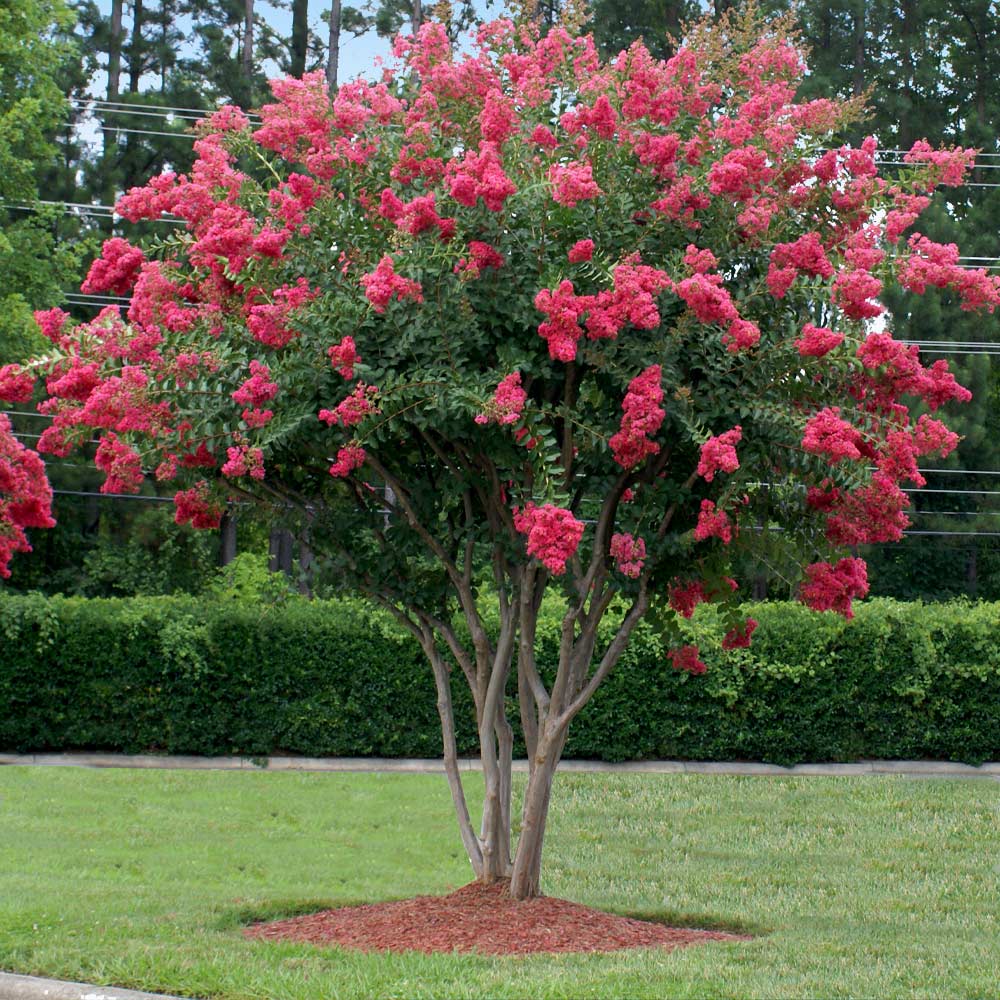
Transform your outdoor space with the timeless beauty of ornamental trees. When envisioning the perfect yard, many homeowners picture vibrant flower beds, lush lawns, and winding pathways. But there’s a secret ingredient that elevates an ordinary landscape into a captivating outdoor retreat: ornamental trees. From delicate spring blossoms to striking autumn foliage, ornamental trees are nature’s masterpieces—living sculptures that bring structure, color, and personality to any yard.
Why Ornamental Trees Deserve a Place in Your Yard. Ornamental trees are prized not just for their aesthetic appeal, but also for the many practical benefits they offer. Unlike shade or fruit trees, ornamentals are chosen primarily for their decorative features—whether that’s an abundance of blooms, eye-catching bark, unusual foliage, or elegant silhouettes. Here’s why you should consider adding them to your landscape:
- Year-Round Interest: Many ornamental trees offer visual appeal across the seasons, providing spring flowers, summer greenery, autumn color, and striking winter forms.
- Wildlife Habitat: Even the smallest ornamental tree provides shelter and food for local birds, pollinators, and beneficial insects.
- Manageable Size: Most are compact, making them ideal for yards of all sizes or for accenting patios and walkways.
- Personal Expression: With so many varieties available, you can choose trees that reflect your tastes—be it romantic cherry blossoms or sculptural Japanese maples.
Choosing the Right Ornamental Tree. The perfect tree for your yard depends on several factors. Consider your local climate, the size of your space, desired features (flowers, fragrance, fall color, or winter interest), and maintenance needs. Below are some of the most beloved ornamental trees, each with its own unique charm.

- Flowering Dogwood (Cornus florida) A native favorite, the flowering dogwood enchants with clouds of white or pink blossoms in spring. Its horizontally tiered branches create a graceful silhouette, while autumn brings crimson leaves and red berries that attract birds. Dogwoods thrive in partial shade and well-drained soil—perfect for woodland gardens or as a focal point in the front yard.

- Japanese Maple (Acer palmatum) Few trees rival the elegance of the Japanese maple. With its delicate, lacy leaves and sweeping form, this tree provides a sense of serenity and sophistication. Available in dozens of cultivars, Japanese maples come in a variety of leaf colors, from deep burgundy to vibrant green, and many display brilliant fall foliage. They are ideally suited for smaller spaces and look stunning as standalone specimens or grouped with companion plantings.

- Crabapple (Malus spp.) Crabapples are the darlings of spring, offering profuse blooms in shades of pink, white, or red. In summer, their neat foliage and small stature make them easy to maintain, while autumn brings small, colorful fruits that persist into winter, providing food for wildlife. Disease-resistant cultivars ensure that modern crabapples remain healthy and attractive with minimal care.

- Redbud (Cercis canadensis) If you crave early spring color, look no further than the redbud. This native tree bursts forth with magenta or lavender-pink blossoms that cling to its bare branches before the leaves appear. Heart-shaped foliage follows, turning yellow in fall. Redbuds make striking understory trees and are tolerant of a wide range of soil conditions.

- Crape Myrtle (Lagerstroemia indica) For a burst of color and long-lasting blooms, crape myrtles are hard to beat. These small trees or large shrubs bloom profusely from mid-summer into early fall, with flower clusters in shades of pink, purple, red, or white. Their peeling bark and sculptural branching provide winter interest, and they are well-suited to hot, sunny locations.

- Magnolia (Magnolia spp.) Magnolias bring a touch of the exotic to the landscape with their bold, fragrant blossoms. The classic Southern magnolia offers glossy evergreen leaves and large white flowers, while smaller varieties such as ‘Ann’ or ‘Jane’ magnolias display colorful, tulip-shaped blooms in spring. Magnolias prefer rich, moist soil and plenty of sunlight.
- Serviceberry (Amelanchier spp) With delicate white flowers in early spring, edible berries in summer, and fiery red-orange foliage in autumn, serviceberry is a true four-season performer. Its compact size fits well into most yards, and the berries attract birds and pollinators. Serviceberries are adaptable to a range of conditions and make excellent multi-stemmed accent trees.
Design Tips. With delicate white flowers in early spring, edible berries in summer, and fiery red-orange foliage in autumn, serviceberry is a true four-season performer. Its compact size fits well into most yards, and the berries attract birds and pollinators. Serviceberries are adaptable to a range of conditions and make excellent multi-stemmed accent trees.
How you position ornamental trees can dramatically impact your yard’s look and feel. Here are some tips for making the most of these living treasures:
- Create Focal Points: Use a single tree with striking features—such as a Japanese maple or a flowering dogwood—to draw the eye where you want attention, like near an entryway or at the end of a path.
- Frame Views: Plant trees to frame beautiful vistas, hide undesirable sights, or create privacy screens along property lines.
- Layer with Shrubs and Perennials: Ornamental trees look most natural when surrounded by complementary plantings. Layer shrubs, grasses, and perennials beneath to soften edges and provide seasonal color.
- Consider Light and Space: Be mindful of the tree’s mature size, both height and spread, as well as the sun and soil requirements. Don’t plant too close to structures or beneath utility lines.
- Accent Water Features or Patios: Ornamental trees add shade, movement, and beauty around ponds, fountains, or seating areas, enhancing your enjoyment of outdoor spaces.
Caring for Ornamental Trees. While many ornamental trees are low-maintenance once established, a little attention goes a long way to keep them healthy and thriving.
- Watering: Young trees need regular watering until their roots are established, typically the first two to three years. Even mature trees benefit from deep watering during dry spells.
- Mulching: Apply a two- to three-inch layer of organic mulch around the base to retain moisture, suppress weeds, and protect roots. Keep mulch away from the trunk to prevent rot.
- Pruning: Prune ornamental trees in late winter or early spring to remove dead or crossing branches and to shape their form. Always use clean, sharp tools and avoid heavy pruning, which can stress the tree.
- Fertilizing: Most ornamentals don’t need heavy feeding, but an annual application of compost or a balanced slow-release fertilizer can promote healthy growth and blooms.
- Pest and Disease Management: Keep an eye out for common pests or diseases. Proper spacing, good air circulation, and prompt removal of diseased material help prevent problems.
Popular Ornamental Trees by Region. Climate plays a crucial role in choosing the best ornamental trees for your yard. Here are some region-specific suggestions:
- Northern Climates: Flowering crabapple, serviceberry, and some magnolia varieties are hardy and beautiful choices that can withstand cold winters.
- Southern Gardens: Crape myrtle, Southern magnolia, and redbud thrive in warmer regions with hot summers and mild winters.
- Western Landscapes: Consider drought-tolerant options like Western redbud and certain cultivars of Japanese maple.
Planting for Lasting Beauty. Ornamental trees are living investments in your home’s beauty, value, and environmental health. With a bit of planning and care, they offer decades of enjoyment, transforming your yard into a haven of color, fragrance, and grace. Whether you’re seeking springtime blooms, dramatic fall color, or a sculptural focal point, the perfect ornamental tree awaits. Start planting today, and watch your landscape come to life—season after season.

